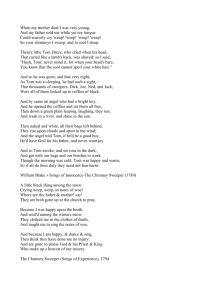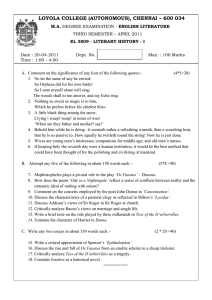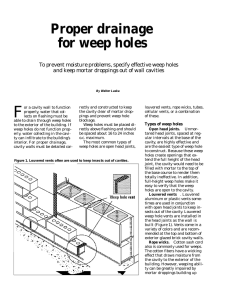Weep Holes - Residential Reports
advertisement
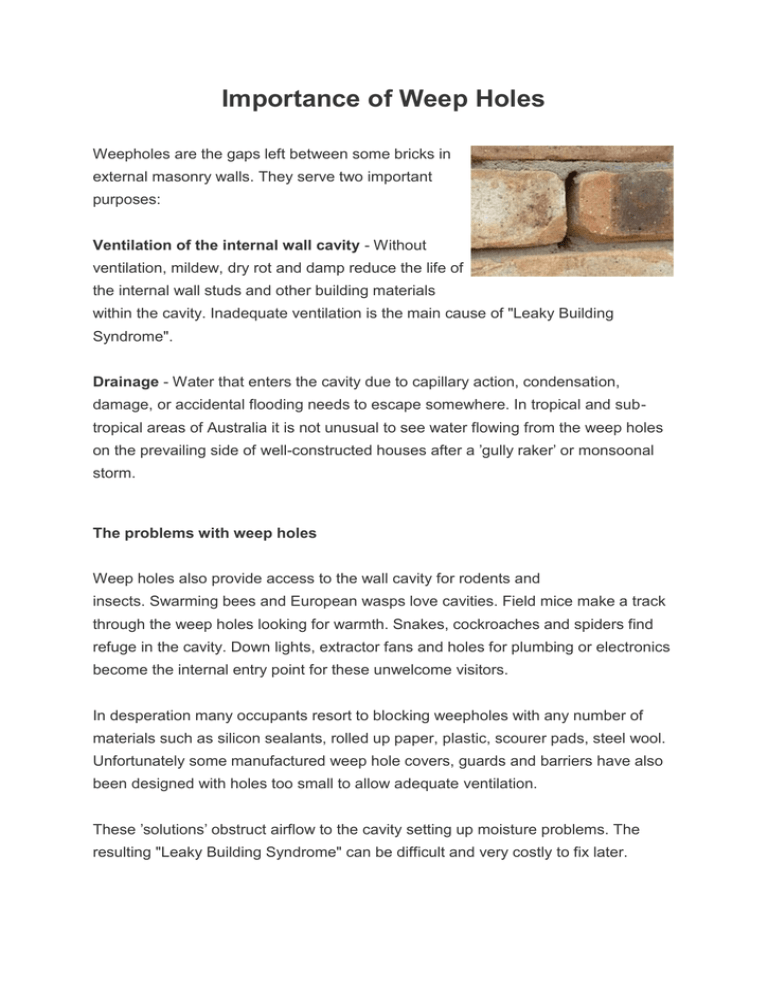
Importance of Weep Holes Weepholes are the gaps left between some bricks in external masonry walls. They serve two important purposes: Ventilation of the internal wall cavity - Without ventilation, mildew, dry rot and damp reduce the life of the internal wall studs and other building materials within the cavity. Inadequate ventilation is the main cause of "Leaky Building Syndrome". Drainage - Water that enters the cavity due to capillary action, condensation, damage, or accidental flooding needs to escape somewhere. In tropical and subtropical areas of Australia it is not unusual to see water flowing from the weep holes on the prevailing side of well-constructed houses after a 'gully raker' or monsoonal storm. The problems with weep holes Weep holes also provide access to the wall cavity for rodents and insects. Swarming bees and European wasps love cavities. Field mice make a track through the weep holes looking for warmth. Snakes, cockroaches and spiders find refuge in the cavity. Down lights, extractor fans and holes for plumbing or electronics become the internal entry point for these unwelcome visitors. In desperation many occupants resort to blocking weepholes with any number of materials such as silicon sealants, rolled up paper, plastic, scourer pads, steel wool. Unfortunately some manufactured weep hole covers, guards and barriers have also been designed with holes too small to allow adequate ventilation. These 'solutions' obstruct airflow to the cavity setting up moisture problems. The resulting "Leaky Building Syndrome" can be difficult and very costly to fix later. Why Ventilation? Advances in building construction techniques have led to a structure which is significantly more energy efficient and air-tight than in years past. As a result, moisture is no longer allowed to migrate freely throughout the building envelope. Trapped moisture in masonry construction, if not addressed, can lead to problems such as spalling, efflorescence, mild, and deterioration of the building components. Moisture control that involves proper ventilation is the key to eliminating these problems. The importance of proper ventilation as an important element of moisture control is recognized by experts throughout the building industry. As industry leaders have called for additional ventilation, the shortcomings of current and past moisture control strategies have been exposed. Other systems provide minimal ventilation through very small weep openings. Common types of weep openings are drilled holes or tubes, hollowed joints, and weep inserts… The open tubes and hollow joints may create additional problems because they provide an open pathway to the interior of the structure. Pests such as rodents or insects can take advantage of this vulnerability and enter the building unimpeded. All weep openings are also susceptible to trash mortar. Trash mortar is comprised of the droppings of mortar that fall behind the wall as mortar is squeezed out from between successive courses of brick. This accumulation is significant as layer upon layer is added. The weep openings will become partially, if not totally, blocked by trash mortar. Measures that involve installation of mortar collection devices have proven to be modestly effective in blocking the mortar. However, the very small size of these weep openings does not provide for the necessary flow of air to properly ventilate brick structures.
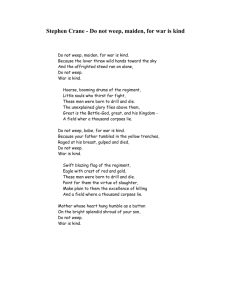
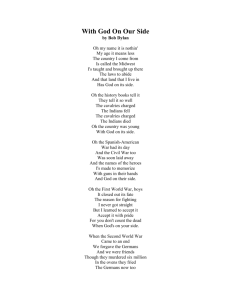
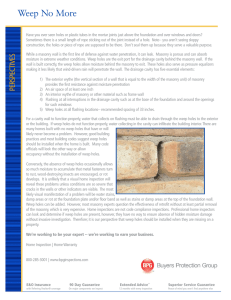
![War Is Kind [excerpt] by Stephen Crane](http://s3.studylib.net/store/data/007292208_1-bcb6282775eb864728fa7d561a15ee54-300x300.png)
